History of the Department of Dermatology
During its history of more than 140 years, SUNY Downstate Health Sciences University has undergone several name changes. In 1856, two physicians established a dispensary in downtown Brooklyn in order to provide care for the growing, poor immigrant population. This dispensary evolved into Long Island College Hospital.
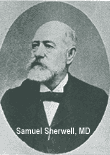
In 1876, Dr. Samuel Sherwell, a skin and throat specialist, came to Long Island College Hospital to lecture on Dermatology and, in 1880, was appointed a member of the faculty. Both a researcher, and clinician in the field of Dermatology, Dr. Sherwell was the first to utilize acid nitrate of mercury after curettage in the treatment of cutaneous epitheliomata. Dr. Sherwell was the first dermatologist to practice in Brooklyn and was also one of the founding members of the American Dermatological Association.
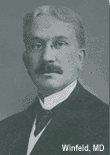
In 1906, Dr. James Winfield replaced Dr. Sherwell on faculty. He served as president of many societies, including the Kings County Medical Society, American Dermatological Association, and the New York Dermatologic Society. Dr. Winfield also served as an honorary consultant to the Board of Health and was the chief founder of the Associated Physicians. Dr. Winfield devised the technique of aseptic urethratome, and published many articles in the field of dermatology.
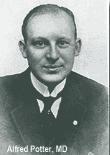
In 1920, Dr. Alfred Potter, a founder of the American Board of Dermatology and Syphilology, became the Chief Clinical Professor of Dermatology at Long Island College Hospital. In 1925, a photographic department was established, with the first attempt to collect a gallery of interesting skin conditions for demonstration. In this time period, the Skin Clinic utilized fulguration, desiccation, electrolysis, quartz light, Kromayer and Alpine Sun Lamps, carbon dioxide, radium, and x-ray.
In 1931, Long Island College Hospital was re-chartered as the Long Island College of Medicine with affiliated hospitals throughout Brooklyn. In the same year, Dr. William H. Best, one of the founders of the Brooklyn Dermatologic Society, became head of the Division of Dermatology within the Department of Medicine. Prior to his appointment at the Long Island College of Medicine, Dr. Best had served as the Deputy Commissioner of health.
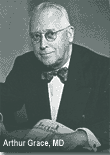
In 1938, Dr. Arthur W. Grace took over as Professor of Dermatology and Syphilology. The Downstate era began in 1950 with a merger between the Long Island College of Medicine and the newly constituted State University of New York. Several years later the current campus was built in the East Flatbush neighborhood of Brooklyn.
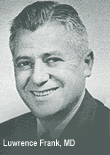
In 1959, Lawrence Frank was appointed Professor and Head of the Division of Dermatology and Syphilology. Prior to his appointment at Downstate, Dr. Frank was a captain of the U.S. Army, where he described what is now known as "Frank's Sign," a triad of symptoms that could be used to differentiate a black widow spider bite from an acute surgical abdomen. Under his guidance, in 1964, the AMA Residency Training Program Committee approved Downstate's Dermatology Residency Program, which allowed the admission of three residents per year. During his term, the Division of Dermatology and Syphilology was renamed the Division of Dermatology. Dr. Frank was a pioneer in using benzoyl peroxide for acne and acyclovir for herpes zoster.

In 1974, Dr. Yehoshua Rapp was appointed Associate Professor and Acting Head of the Division of Dermatology. Prior to his appointment, Dr. Rapp had served as a public health physician in Romania, Israel, Morocco, and France.
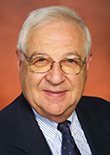
In 1975, Dr. Alan R. Shalita became Associate Professor and Head of the Division of Dermatology. In 1980, the Division of Dermatology became administratively independent from the Department of Medicine. Since its inception and throughout its history, the Department of Dermatology at SUNY Downstate Health Sciences University has trained innumerable leading clinicians and researchers in the field of dermatology.